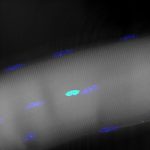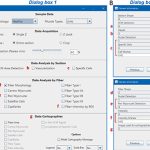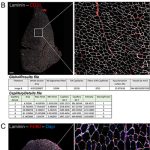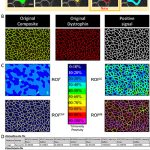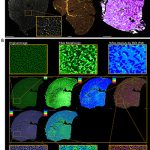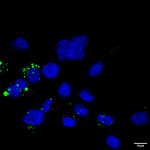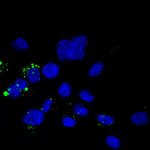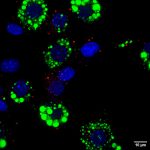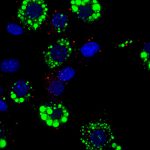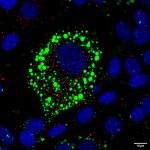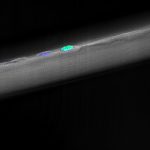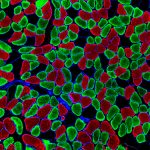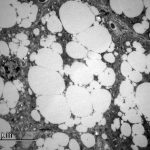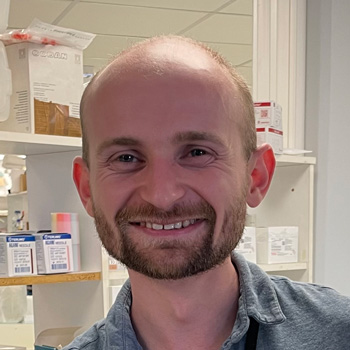Career
Brown adipose tissue (BAT) and skeletal muscle are peripheral organs that communicate with the brain through hormones and metabolites. Both tissues are derived from the same embryonic progenitors during embryonic development. Our team aims to better understand the communication between the brain and peripheral organs in physio-pathology. We have strong expertise in embryonic development, stem cells, adipose tissue, skeletal muscle, metabolism and circadian rhythms. We study how BAT and skeletal muscle develop during the perinatal period and into adulthood, and how circadian rhythms and metabolism control stem cell differentiation and regeneration. Our research focuses on fundamental biology and clinical application in various diseases such as myopathies and metabolic disorders, identifying new pathological mechanisms and developing cell therapy approaches.
Recent major achievements
MUSCLEJ/J2: We have developed a bioinformatics tool named MuscleJ (Mayeuf-Louchart et al., 2018), which has recently evolved into MuscleJ2 (Danckaert et al., 2023), enabling automated quantification of the main parameters that can be analyzed on a muscle biopsy. MuscleJ2 is now a reference tool for the histological characterisation of skeletal muscle, used by over 100 laboratories worldwide. The implementation of results cartography makes it possible to quickly visualise the quantitative data on a muscle biopsy in parallel with obtaining a wide range of numerical results. This tool has been made available free to academic research laboratories and can be downloaded from the following link: https://github.com/ADanckaert/MuscleJ2/tree/Plugin
Glycogen metabolism in BAT: We have shown that glycogen synthesis and degradation by glycophagy are essential for brown adipocytes during development (Mayeuf-Louchart, 2021; Mayeuf-Louchart et al., 2019). In the absence of glycogen, lipid droplets fail to form during the adipocyte differentiation program. A transient accumulation of glycogen is also detected in adipocytes derived from human induced pluripotent stem cells (Bouchekioua et al., 2024; Rao et al., 2023). Our team aims to gain a better understanding of the importance of glycogen metabolism in BAT during the perinatal period, as well as in adults.


